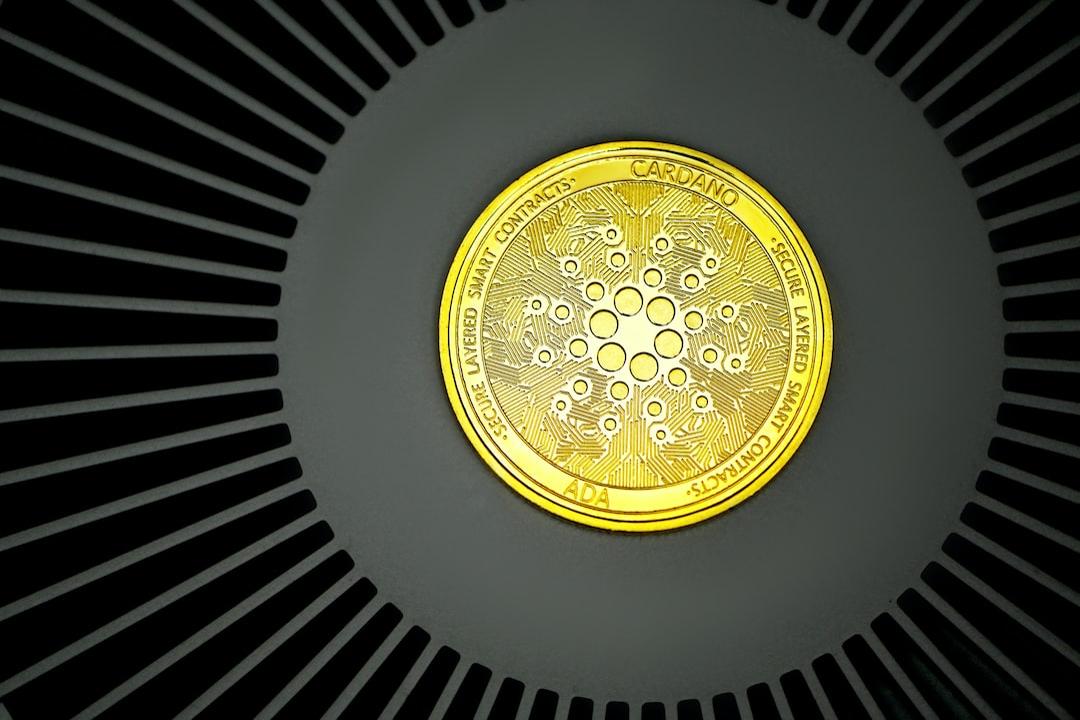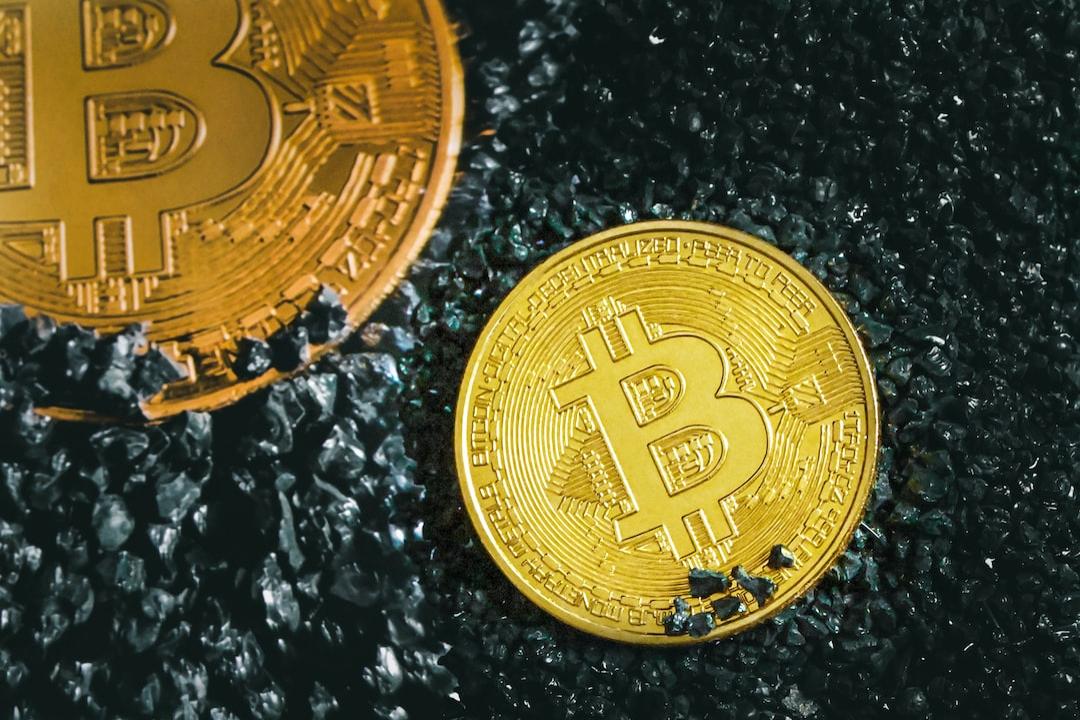QCP Capital reports that despite escalating U.S.-China tariffs, global risk assets, including bitcoin, are stabilizing as markets adjust to the new economic landscape.
Bitcoin Range-Bound Amid Trade Tensions, QCP’s Market Insights Note
According to QCP Capital, financial markets appear to be absorbing the shock of intensified U.S.-China trade tensions, with risk assets showing signs of stabilization. Despite a dramatic escalation that saw the U.S. impose tariffs of 145% on Chinese imports and China retaliate with 125% levies, QCP notes that the market’s reaction has been muted.
The firm attributes this calm to the scale of the tariffs, which are now seen as symbolic rather than disruptive. QCP highlights a shift in rhetoric and policy, with both Washington and Beijing showing signs of softening their stance. After markets closed on Friday, the Trump administration quietly exempted key technology products—such as smartphones, computers, and semiconductors—from the latest round of tariffs.
However, this specific pause may be temporary, according to U.S. Commerce Secretary Howard Lutnick. Meanwhile, Chinese officials urged the U.S. to fully repeal reciprocal duties. Despite this apparent thaw, QCP emphasizes that both governments remain publicly firm, attempting to balance negotiation leverage with the need to avoid appearing weak. In the cryptocurrency market, QCP reports that bitcoin (BTC) risk reversals remain skewed toward puts until June, indicating lingering near-term caution.
However, sentiment for longer-term positions appears more constructive. On Saturday, QCP observed aggressive buying activity in deep out-of-the-money bitcoin call options, particularly 800 contracts for a $100,000 strike price expiring in March 2026. Bitcoin continues to consolidate within the $80,000 to $90,000 range, reflecting what QCP describes as a “wait and see” approach amid geopolitical uncertainty.






